Play Surreal Art: Image to 3D Model in Action
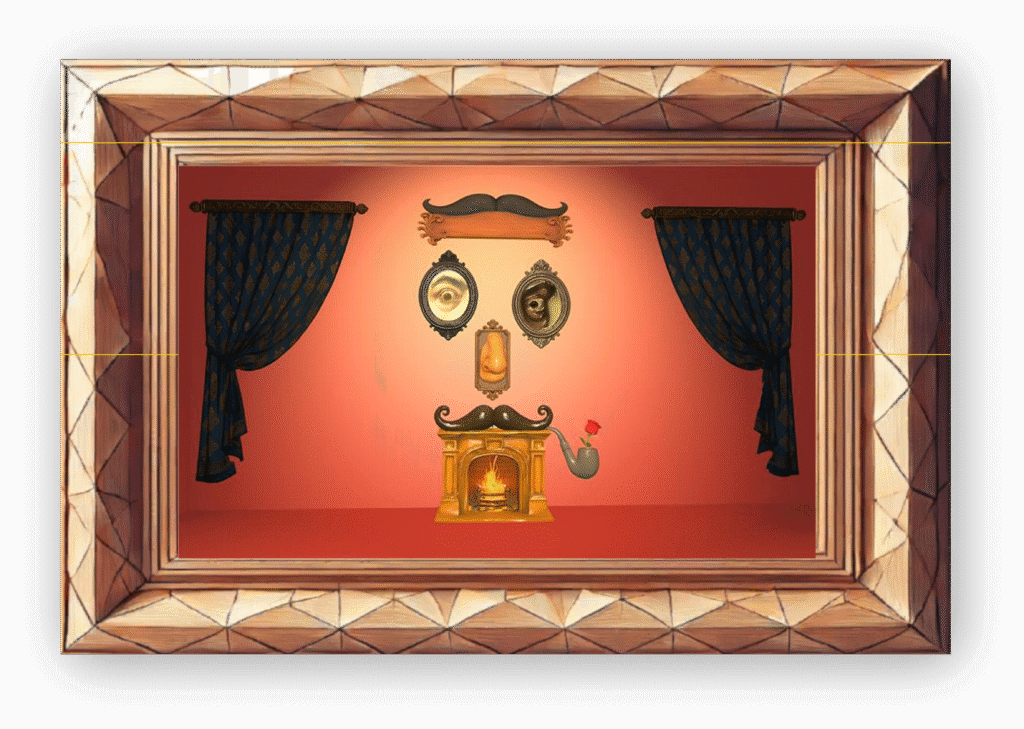
The Face of Room is a project created by three designers at HTC VIVE. They set out to create an intersection of art and technology with VIVERSE’s Object AI tool, creating not just a World of surrealist art but also a gamified interactive masterpiece.
This project not only pushed the limits of technology but also embodied the spirit of “anyone can create.” It showcased the diverse potential of AI tools in artistic practices and 3D creation.
Play with Art: Bringing Surrealism into Interactive Experiences
The concept of The Face of Room was inspired by VIVE Arts’ mission to merge art and technology. The team chose Salvador Dalí’s iconic spatial illusion artwork, a female face composed of furniture, as the foundation for their experience. Dali’s abstract and modular art style provided artists ample room for reinterpretation.
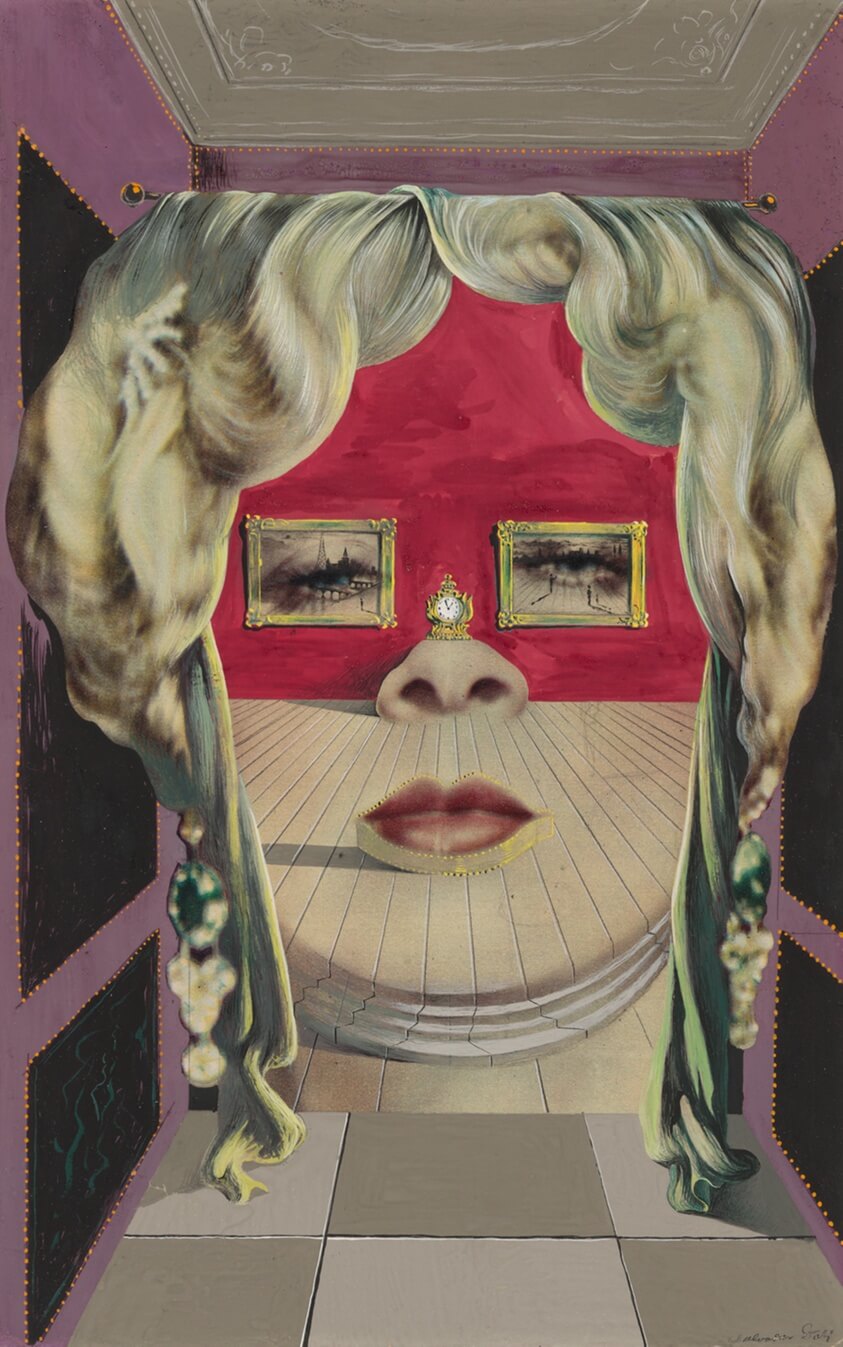
The idea of rearranging space and objects from different perspectives encapsulates the deconstructive tension and imagination found in Dali’s work. Drawing from these core Dali ideals, the team developed an interactive experience where users can literally piece together art.
This logic of collage also echoes VIVERSE’s brand spirit of “easy to access, easy to play,” turning art from something passive to something users can easily approach, engage with, and reimagine.
Core Gameplay: A Portrait-Collage Puzzle
The Face of Room’s core gameplay is assembling faces with objects. Players enter a fantastical 3D room and use objects within the scene to complete a portrait. These objects aren’t just decorative. These arrangements form the facial features of a person. Players reconstruct the face through observation, memory, and interaction, gradually understanding the artistic logic behind the composition.
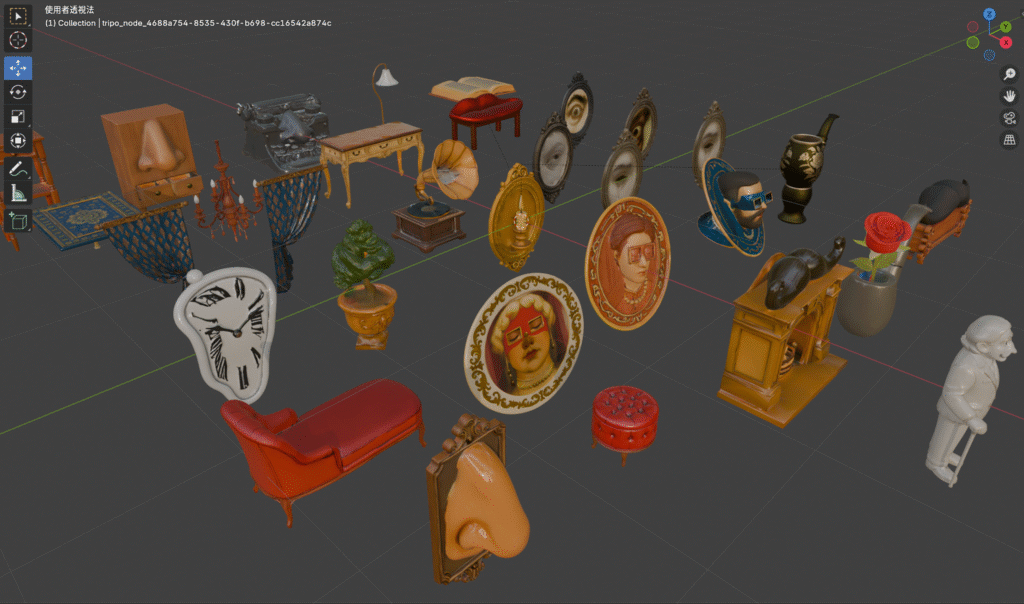
Each piece of furniture is a 3D model (a clock, curtain, or plant may become a nose, eye, or mouth). The puzzle process is both deconstructive and reconstructive, rearranging the familiar into something wonderfully strange.
Take 5 minutes now to experience the surreal and interactive The Face of Room.
Creating The Face of Room: Challenges and Solutions
Let’s dive into how The Face of Room was created without any 3D artists. Here’s a look at the hurdles the team had to overcome and the creative strategies they used.
Challenge 1: Game Mechanics and Production Constraints
The team behind The Face of Room wanted to create an experience that was both engaging and interactive. Thus, they chose to create a VIVERSE World based around a puzzle mechanic, an easily understandable, and low-barrier interaction.
This mechanic not only ensured rapid implementation but also allowed users to intuitively engage with the artwork. The decision to structure the game around object-based ‘facial’ reconstruction also served a dual purpose: maintaining visual richness while staying within feasible development limits.
Challenge 2: Inconsistent Visual Styles from the Generated Models
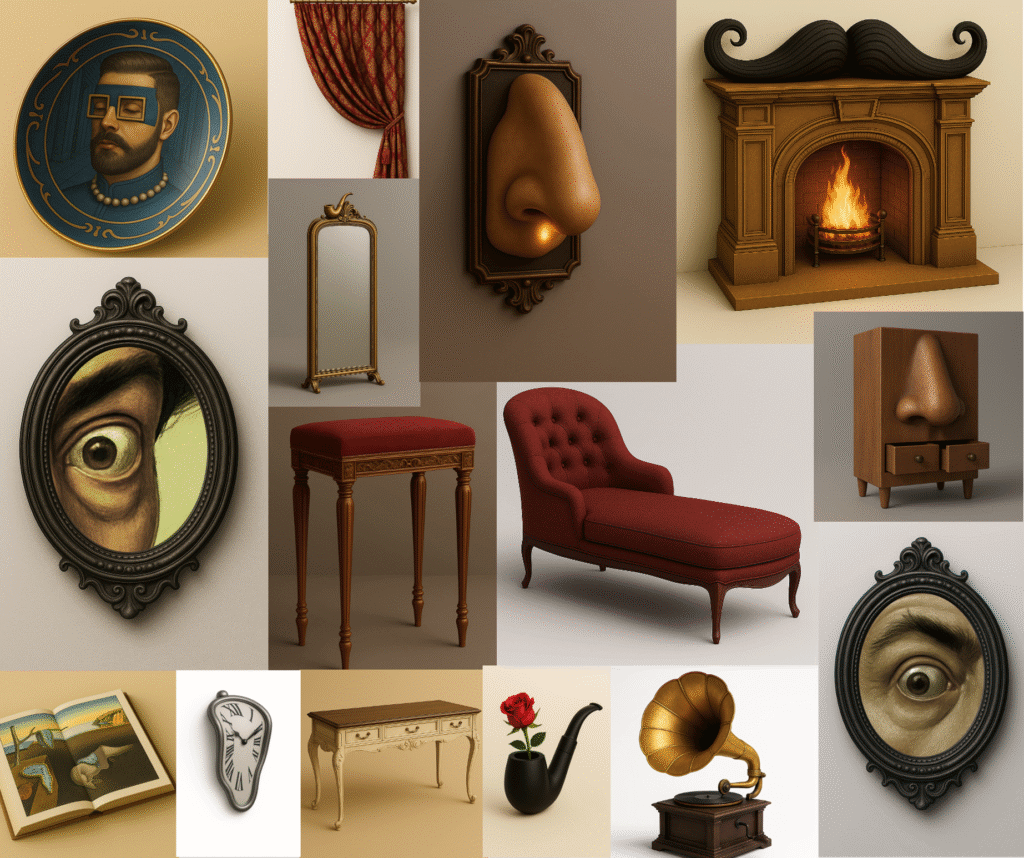
Although AI tools can generate images rapidly, achieving stylistic consistency is challenging. To address this, the team adopted a two-stage workflow.
First, they used AI image generators to produce various 2D concept designs, which are easier to tweak than 3D designs. Then, they used VIVERSE’s Object AI to convert these 2D images into 3D models.
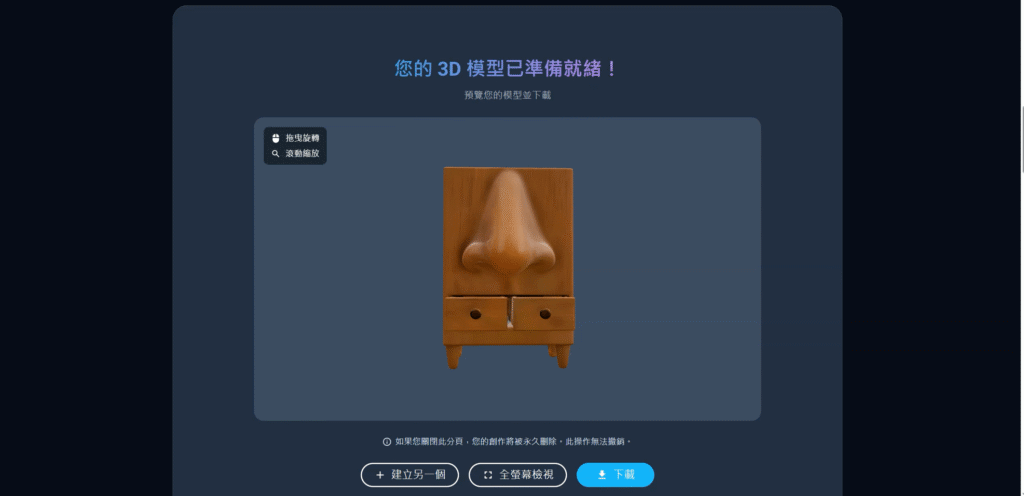
This approach enabled them to produce stylistically unified, visually appealing game objects in a short time without a professional 3D artist.
Challenge 3: Avoiding Gameplay Monotony Through Atmosphere Design
Puzzle games are easy to grasp, but they can become repetitive or dull without twists or variations.
To counter this, the team focused on building an atmosphere of aura and mystery. They created a whimsical space with detailed scene design, music, and a surprise ghost-like NPC.
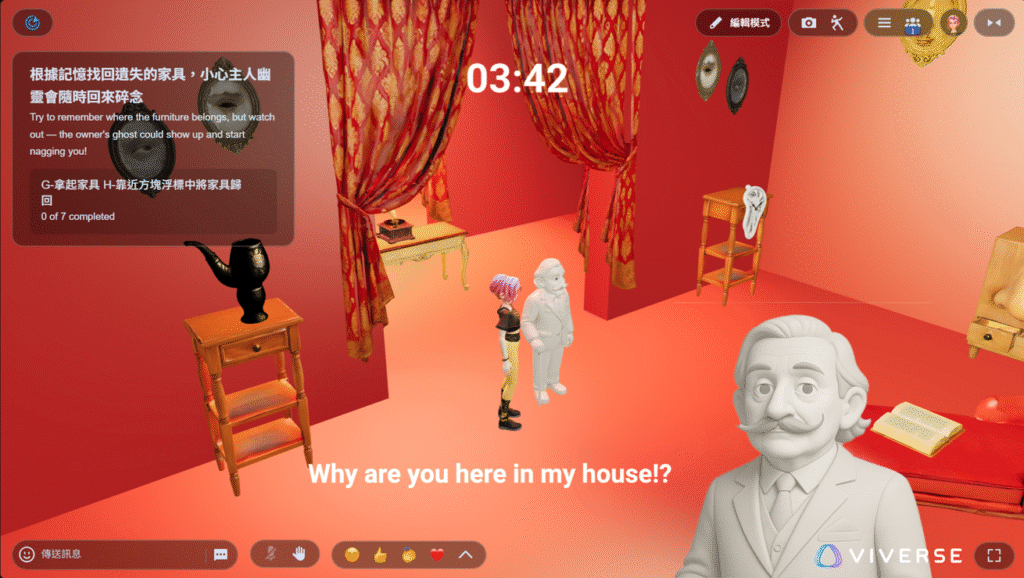
The team utilized AI coding tools to enhance PlayCanvas functionality, allowing for conditional NPC appearances based on player behavior. This enhanced immersion also opens future possibilities (for example, VIVERSE’s Persona AI NPCs, which are currently available for VIVERSE enterprise accounts), which will soon be accessible to more creators.
Making Art Accessible to More People
The Face of Room demonstrates how accessible interactive art has become. Through gamified design and AI tools, it transforms static art into something that audiences can actively engage with. This presents two potential applications for interactive art:
First, as a pre-exhibit engagement tool, curators could use 3D Worlds to introduce artworks playfully and increase exhibition interest through reward mechanisms (e.g., discounts/coupons).
Second, with no-code tools like VIVERSE Create, audiences can remix or screenshot the art they created, sparking social sharing and promotion.
This ‘play-first, view-later’ logic lowers the barrier to understanding art and creates new creative possibilities for physical exhibitions.
VIVERSE: Opening New Possibilities for AI and Art
The Face of Room is more than just a game. It’s an experiment of the creative process, trying to find out if one can build interactive art without professional artists.
The image-to-3D function of VIVERSE’s Object AI enables creators to focus on creativity instead of technical hurdles. And when interactive art is gamified, it becomes easier for mass audiences to discover, engage with, and appreciate.
Tools like VIVERSE AI are reshaping how we create and view art, and new opportunities are coming.
